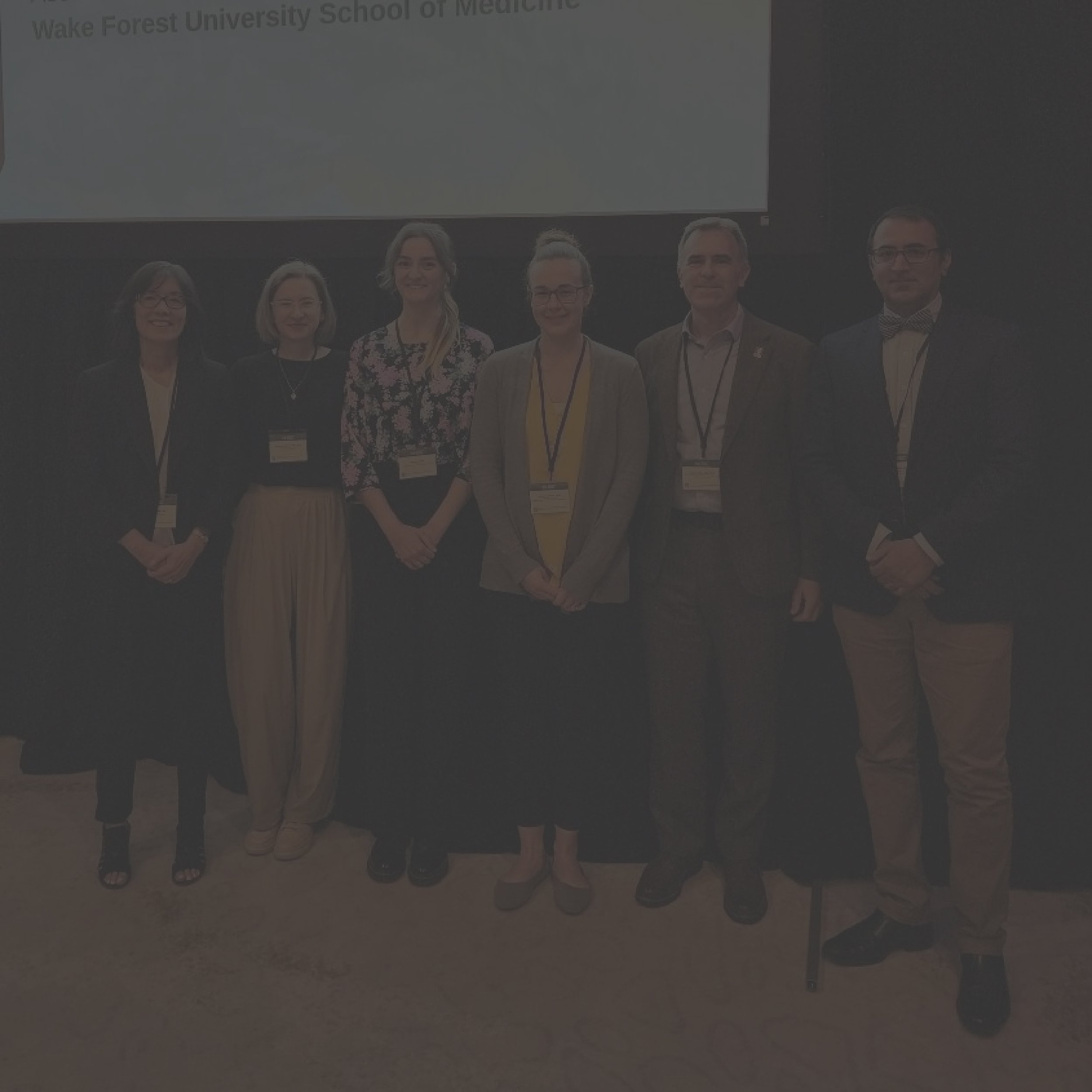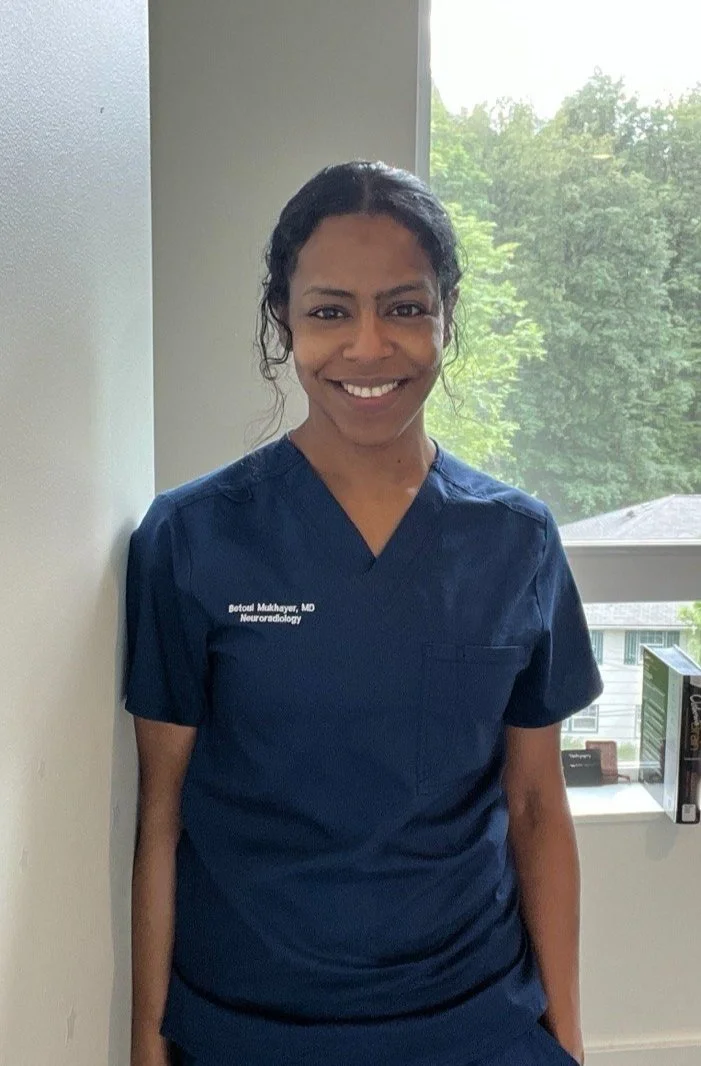
ASFNR-NMA Joint Award
The American Society of Functional Neuroradiology (ASFNR) and the National Medical Association (NMA) are very proud to announce a joint Award with the goal of increasing the number of underrepresented minority radiologists engaged in the field of functional neuroradiology.
Background
The American Society of Functional Neuroradiology (ASFNR) is a specialty society of the American Society of Neuroradiology. The ASFNR was established in June 2004 in Seattle, Washington during the ASNR 42nd Annual Meeting. The ASFNR encourages and facilitates the introduction of functional neuroradiology into clinical neuroradiological practices, develops standards for the practice of Functional Neuroradiology, supports Functional Neuroradiology research, and is an educational resource for practicing physicians and scientists in this new and evolving field.
The National Medical Association (NMA) founded in 1895 is the nation’s largest and oldest organization representing African American physicians and their patients. The Section on Radiology and Radiation Oncology (SRRO) of the NMA was founded in 1949. The NMA-SRRO sponsors programs that promote opportunities for African Americans, facilitates networking among members and other professionals, and provides mentorship opportunities for the next generation of radiologists.
Details
The ASFNR-NMA Joint Award is open both to faculty and trainees. ASNFR and/or NMA membership are encouraged, but not a requirement.
The ASFNR-NMA Joint Award offers one scholarship every other year for the awardee to attend two consecutive ASFNR Annual Meetings: first when the scholarship is awarded and the following year.
The scholarship consists of $8,000 to cover travel, hotel accommodations, and the proposed research project. In addition, the awardee will receive free registration for the two consecutive ASFNR Annual Meetings, free ASFNR membership for two years during the Award period, and free registration and a $200 travel budget to attend the NMA Annual Meeting at the end of the Award period.
Eligibility: Radiology residents, neuroradiology fellows and junior faculty/in-practice radiologists. Trainees are highly encouraged to apply.
Expectations
The awardee will be expected to work on the project of their choice (research, educational, quality improvement, etc.) related to the field of functional neuroimaging. In consultation with the awardee, an ASFNR mentor will be assigned, who can also help guide work on the project. The awardee will be expected to present the results of the project of their choice at the second ASFNR Annual Meeting they attend. In addition, the awardee is expected to attend the NMA Annual Meeting at the end of the award period, author a short article for the NMA Newsletter, and/or provide content for the NMA web blog.
Timeline
The deadline for the applications is January 31, 2025.
The selection of the awardee will be completed by March 31, 2025.
The awardee will be informed of their selection in April 2025, giving the awardee 5 months to plan their attendance to the 2025 ASFNR Annual Meeting in Austin, Texas. The awardee will also need to attend the 2026 ASFNR Annual Meeting (date/location to be announced).
Prior Award Recipients
“I have a dream… That one day functional psychiatric neuroimaging will complete its transition fully into mainstream clinical research and practice … That our understanding of how the brain functions (differently) in different individuals will be so expansive and wholesome that much of the stigma associated with neurodiversity will be a story of the past… That neurodevelopmental ‘conditions’ and ‘disorders’ will be realized as normal variants to be recognized, valued and non-judgementally accommodated.
This award gives me hope and I would like to dedicate it to everyone who struggled with stigma instead of being embraced with support.
The award will be invested toward a pilot project intending to look specifically at intervention related neuroplasticity in ADHD. I am grateful for the wonderful women who share my dream and who volunteered to participate.
I would like to extend my warmest appreciation to the ASFNR, NMA and the joint award committee for this wholesome opportunity! I feel honored to be the recipient of the award and look forward to starting this journey of enquiry, together.”
— Betoul Mukhayer, MD (2025-2026 ASFNR-NMA Joint Award Winner)
“I would like to extend a thank you to the ASFNR award committee for selecting me as recipient of the 2023 ASFNR-NMA Joint Award. It is truly an honor to be selected, and this will afford me the opportunity to learn more about fMRI as well as to extend my network in this exciting field. Being the recipient of this award has been a culmination of collaboration, and I would like to thank Sachin Jambawalikar for his expertise in MRI as well as Nicholas Bustos for running me through a crash-course in fMRI.
Using funding provided through the ASFNR-NMA award, we intend to examine structural and functional changes within the central olfactory system in long COVID patients experiencing changes in olfaction. By doing this, we hope to better understand how the primary olfactory cortex is affected in this cohort. Given anatomical overlap of the olfactory and limbic systems, we will also correlate imaging data with changes in memory, stress and emotion as these neuropsychological features are also affected in long COVID patients.
Finally, I wish to honor the integrity of this award by stating not only do we need diversity of researchers within our field, but we also need diversity of data collection. I will always advocate for perspectives from others because the data published by our scientific community should reflect the diversity of the people benefiting from its discovery. This commitment to embracing diversity in science and across our culture will ultimately make our society more representative and thus stronger.”
— Dr. Reginald "Scott" Widemon (2023-2024 ASFNR-NMA Joint Award Winner)


